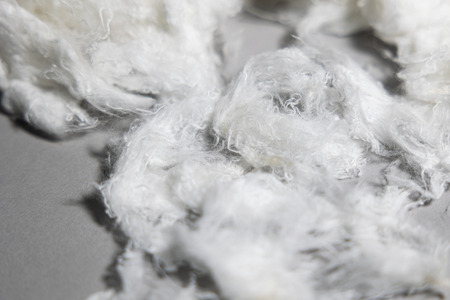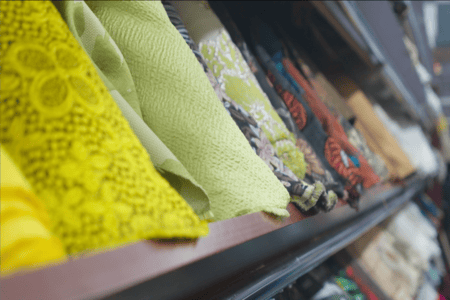Japanese apparel industry turn to hi-tech
YarnsandFibers News Bureau 2016-03-21 15:00:00 – AfricaShima Seiki, originally known for glove-making machinery, took a technological leap in the 1990s in an effort to revive the flagging fortunes of Japanese apparel manufacturers. Japan’s apparel industry is turning to state-of-the-art technology in a bold bid to cut labour costs and secure its future.
At manufacturing giant Shima Seiki’s factory in western Japan, garments materialize in minutes, thanks to digitally-programmed automated machines that can turn out a sample seam-free pullover in half an hour with a push of a button.
The WholeGarment system patented by the Japanese manufacturer and sold to knitwear companies like Italian luxury brand Max Mara includes a digital design system that allows users to choose patterns, colours and cuts.
Kenji Iwamoto of Shima Seiki said that everyone was going overseas to cheaper destinations for manufacturing and they wanted to stop that from happening.
The WholeGarment system allows one worker to operate 10 machines — thereby lowering labour costs — and uses limited raw material to create seam-free garments that generate no waste, since they require no cutting or sewing.
After a slow start that saw around a dozen brands from Japan and Italy sign up the first year, today some 800 companies — nearly half of them Japanese — have jumped on board, contributing to Shima Seiki’s 60 percent share of the global market for knitting machines.
The initiative is part of a push by Japan’s knitwear industry to capitalize on its technical know-how to create garments that cannot be replicated elsewhere at a lower cost.
For young knitwear designers like Motohiro Tanji and Ken Oe, manufacturing outside of Japan isn’t an option. Tanji after his show at Tokyo Fashion Week said that it’s easier for designers to work with Japanese manufacturers.
Tanji further added that his designs are complicated and demand a high level of technical skill and he can relie on Japanese factories to produce his sculptural, sophisticated knits.
Designer Oe’s label Coohem emerged out of a push to save his grandfather’s textile company, Yonetomi, which had been in the throes of a decline since the 1990s recession.
Oe joined the company six years ago and introduced an emphasis on using digital tools to create intricate high-fashion tweed suits that are now stocked at leading stores, including New York-based Jeffrey and Harvey Nichols in Hong Kong. They use about five yarns at a time to design original textiles… (which) other brands cannot copy.
The focus on technique and technology has already paid off, with Japan’s knitwear sector registering a 40 percent increase in exports over a 10-year period beginning in 2006, a rare bright spot in an otherwise dismal picture for textile and apparel exports from the country.
Recognizing the need for reinvention in the apparel sector, Japanese textile company Seiren, known more for manufacturing curtains and car interiors, is now fusing fashion and digital know-how to launch a customised clothing line for the masses.
The Viscotecs brand, available to customers at Tokyo’s Takashimaya department stores since September, invites customers to try on a sample outfit in a dressing room specially fitted with a camera that downloads their image onto a hand-held device.
They can then choose from a dizzying array of options — including patterns, fabrics, colours and lengths — displayed on the tablet to create a one-of-a-kind dress.
The design data is digitally transmitted to Seiren’s factory in central Japan where the garment is brought to life via pattern-cutting machines and inkjet printers before being delivered to the store in three weeks.
The process has the potential to transform the fashion industry by cutting down on unsold inventory, which either ends up in the bargain bin or as landfill.
In addition, the use of inkjet printers slashes the amount of water and energy utilised in conventional dyeing methods by at least 80 percent, Nami Yoshida, a spokeswoman for Seiren, said.
However, buying into the brand comes at a cost, with dresses priced between 65,000 to 80,000 yen ($600 to $700).
Mayumi Yamakawa, a spokeswoman for Takashimaya said that it may take time but they are confident that once customers know the brand, sales will follow.
For Oe, whose label derives its name from a Japanese word, “kouhenâ€, a reference to knitting specialists, the revival of his industry is inseparable from an investment in technique and technology alike.
Market Intelligence
Ask for free sample Report

experience
Customer Base
dedicated team
Countries Served Worldwide









